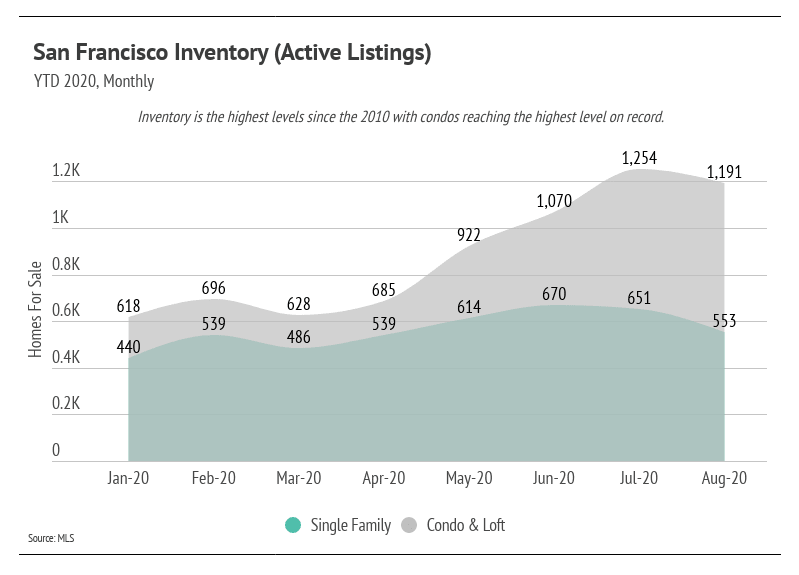Home prices have remained steady despite a large boost in inventory, especially for condos, over the last several months. San Francisco, and California in general, tend to live in a constant state of undersupply, which elevates home prices. We often are able to explain home price fluctuation through supply and demand, but recent months point toward a third factor, Per Capita Income, which explains why the large increase in supply did not cause a similar drop in price.
I found that San Francisco home prices track much more similarly to per capita income rather than working population (as a proxy for potential home demand) as shown in the chart below. Per capita income illustrates why home prices don’t immediately fall when more inventory comes to market. Simply put: home values are supported by the overall wealth in the area.
Those unaffected financially by the pandemic likely have more money than expected without the usual travel and entertainment expenses. With more expendable income and low cost financing, we expect home prices to remain stable.










